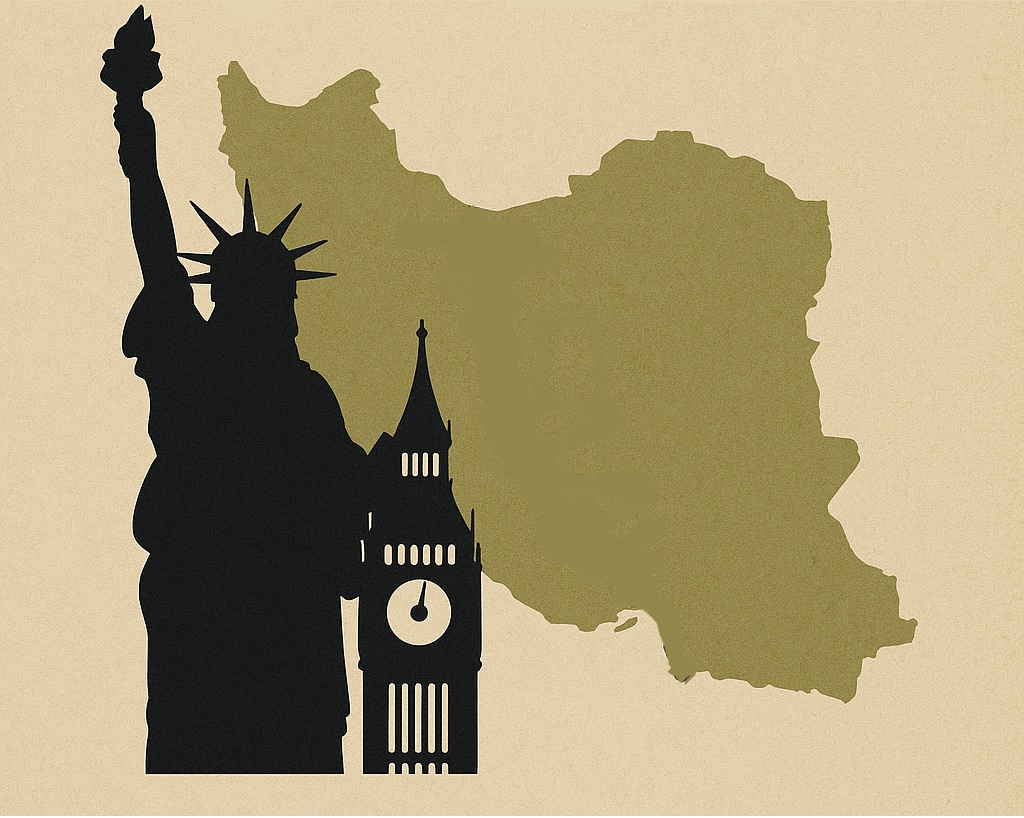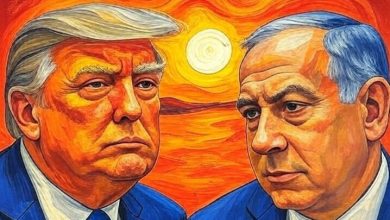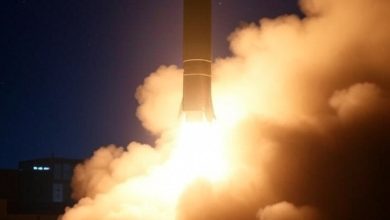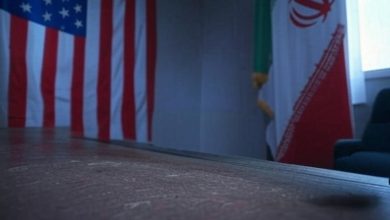Comparative Analysis of the Role of Western Powers and Political Elites in the Formation of Structural Inefficiency in Iran’s Politics and Economy

Over the past century, Iran—one of the most significant geopolitical actors in the Middle East—has been both a crossroads for global power interests and a stage for contradictory domestic decision-making. From the decline of the Qajar dynasty to the consolidation of the Islamic Republic, the country has experienced a continuous process of foreign intervention and internal weaknesses that ultimately facilitated the emergence of structurally inefficient political and economic systems.
This article, adopting a historical-analytical approach and drawing on dependency theory, the rentier state framework, and institutional failure theory, examines how the combined and reinforcing impact of external powers and domestic elites has contributed to Iran’s developmental deadlock.
- Western Powers and the Engineering of Iran’s Political and Economic Structures: From Soft Influence to Hard Intervention
The role of classical colonialism and later modern imperialism in reproducing unaccountable structures in Iran is a key factor in understanding the roots of today’s inefficiencies. Since the early twentieth century, Western actors—including Britain, Tsarist Russia, and later the United States—have diverted Iran’s national development path through policies of influence, territorial partitioning, coups, and economic pressures.
Key historical turning points include:
- Treaties of Golestan and Turkmenchay: Iran’s military defeats by Tsarist Russia, coupled with France’s lack of tangible support, led to a major geopolitical retreat and a weakening of national sovereignty.
- The 1907 Convention: The informal partition of Iran between Russia and Britain symbolized the international system’s disregard for the sovereignty of weaker peripheral states—a situation often described in international relations literature as an “unequal anarchic order.”
- The 1921 Coup and the Rise of Reza Khan: The emergence of a modern centralized state under British backing introduced administrative and military reforms. However, the absence of participatory institutions turned the modern state into a tool for political repression and the expansion of an inefficient bureaucracy.
- The 1953 Coup (28 Mordad): The direct intervention of the U.S. and Britain to overthrow Prime Minister Mohammad Mossadegh marked a pivotal moment in Iran’s structural dependency on the Western bloc and the consolidation of a “dependent rentier state.”
- Economic Sanctions and Maximum Pressure Policies: In recent decades, multilayered sanctions—particularly following the U.S. withdrawal from the JCPOA in 2018—have been used as instruments to weaken the Iranian state. Within the framework of “economic warfare,” these sanctions have disrupted trade and currency systems while simultaneously fueling the informal economy, structural corruption, and rent-seeking networks.
- Political Elites and the Reproduction of Inefficient Structures: From Centralization to Institutional Distrust
While the role of external powers in undermining Iran’s domestic capacities cannot be ignored, the responsibility of ruling elites in perpetuating political and economic inefficiency has been even more decisive. Weak institutional design, short-term policy-making, and prioritizing factional interests over national ones have characterized nearly every Iranian government over the past century.
- The Pahlavi Era: The modernization projects of Reza Shah and later his son were modeled on Western examples but lacked political development. Instead of building participatory institutions, the state relied on power centralization and top-down reforms—an approach often described as “authoritarian modernization.”
- Post-Revolution Governments: Despite coming to power with slogans of social justice, independence, and support for the underprivileged, successive administrations gradually became entangled in rentier structures, ad hoc decision-making, and contradictory policies. From Hashemi Rafsanjani to Ebrahim Raisi, governments failed to establish an efficient, transparent, and accountable governance model despite their differing ideological discourses.
- Ideologization and the Politicization of Institutions: The instrumental use of concepts such as justice, independence, and resistance—without scientific planning—led to policy failures. Structural corruption, weakened oversight institutions, and the exclusion of independent elites have deepened Iran’s governance crisis.
- The Synergistic Interaction between External Pressure and Domestic Weakness: A Vicious Cycle of Inefficiency
One key finding in development studies is that external and internal factors often reinforce each other in deepening structural crises. In Iran’s case, sanctions and international pressures became most damaging when domestic institutions lacked transparency, accountability, and efficiency. This negative interaction can be analyzed on three levels:
- Oil-Dependent and Fragile Economy: Chronic reliance on oil revenues made Iran highly vulnerable to external shocks and sanctions—an issue that aligns with the “resource curse” and the rentier state theory.
- Sanctions as a Source of Rent: Instead of solely impeding development, sanctions—amid weak oversight—created opportunities for powerful groups to profit from informal economies and opaque import channels.
- Public Distrust and Erosion of Social Capital: Centralized decision-making, exclusion of public participation, and a lack of policy transparency have eroded political legitimacy and widened the state-society gap.
Conclusion and Strategies for Transition
Iran’s failure to achieve sustainable political and economic development is not solely the result of foreign interventions nor merely a consequence of domestic inefficiency—it stems from the persistent and reinforcing interaction of both. Iran’s Achilles’ heel lies in its inability to establish durable institutions, participatory governance, and institutional independence.
To move beyond this impasse, Iran requires a comprehensive reconstruction strategy focusing on:
- Smart de-escalation in foreign relations through multilateral diplomacy;
- Redesigning governance structures based on transparency, meritocracy, and accountability;
- Structural—not rhetorical—anti-corruption measures and the empowerment of oversight bodies;
- Investment in education, science, and technology to create a productive, knowledge-based economy;
- Rebuilding social capital through political openness, elite inclusion, and a national development-oriented discourse.






